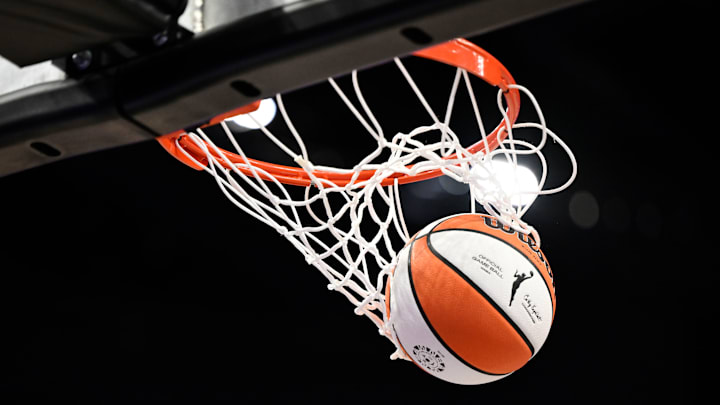The WNBA is no closer to negotiating a collective bargaining agreement (CBA) that the Women's National Basketball Player's Association (WNBPA) is happy with than they were weeks ago, Breanna Stewart said on the "Welcome to the Party" podcast earlier this week.
After explaining that players have been unable to move forward with the league because they can't strike a deal in terms of their biggest hurdle — revenue share — Stewart revealed that means they also haven't even begun to negotiate other important issues, like healthcare and support for parents. This could mean the groups fail to meet the October 31, 2025, deadline.
While filing for an extension would be the natural next step, that would likely mean that the players and league do not enter into free agency in January — and that would delay everything to do with the 2026 season from there. This also includes the Expansion Drafts for both the Toronto Tempo and the Portland Fire, as the terms of those drafts are dictated by the CBA.
"We're not in a good place right now," Stewart said, "but you could say that maybe we're holding out until the very end, and on October 30th, we'll agree to terms." Unfortunately, she continued, that doesn't feel likely at the moment. "But what probably will happen is they'll be like an extension and we'll have more time to talk about it, but it's gonna push back everything else."
As Stewart explained, revenue sharing is a huge part of the conversation. The WNBPA is advocating for a larger portion of the total revenue brought into the league, which would allow for players to make more money, teams to raise their salary caps, and even for roster expansion. Recent reports place the current revenue share at around 9-10% — a far cry from the 50% enjoyed by NBA players.
The most glaring issue with the current revenue sharing system is that it was put into place in 2019, and the COVID-19 pandemic nearly immediately wrecked the 2020 WNBA season and rendered the system meaningless. Under the existing system, players are supposed to get 17.5% of revenue beyond a specific target — 17.5 cents per dollar. While that's theoretically impressive — if the league hits $10 million over the target, players get $1.75 million, but that breaks down to just over $10,000 per athlete currently on a roster.
Those numbers, frankly, aren't great — and it's easy to see why players are frustrated by a conversation that appears to be aimless.
